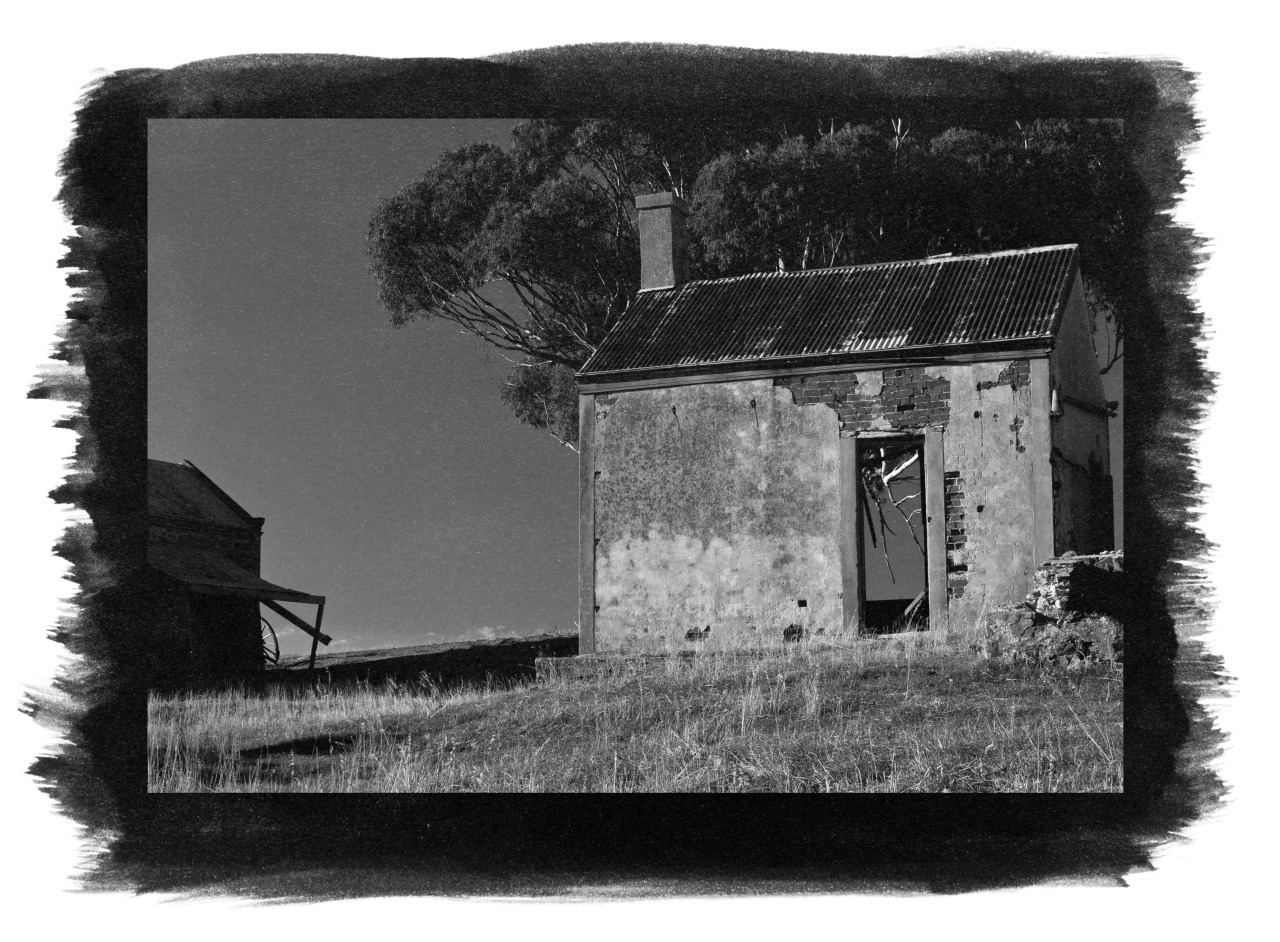 Originally posted by gaweidert
Originally posted by gaweidert 
Have you ever heard of pre exposing film?
I have done it a few times with an ND grad on the lens, a trick that can be used to extend DR*. I'm not so sure if it improves sensitivity - I never shoot at box speeds**, with larger formats I tend to develop by inspection so If there is any improvement in sensitivity I would have noticed.
To be honest I never warmed to tri-X, its response curve and tonal characteristics required endless tweaking in the darkroom to get things to look "right" while films like Neopan, and T-max pretty much nail it.

*lowering contrast in the shadows allows you to pull the mid-tones out more, I find a bit of shadow tonal compression is more permissible than highlight compression...but that ultimately depends upon the image itself.
** on 8X10 and 4X5 I shoot Tech Pan at ISO 12, T-Max 100 ISO 50. I prefer to have denser negatives as the Platinum printing process I work with produces better results with them. I use a staining pyro based developer to add density to thin areas on the negatives. I also use Pyro for standard development as the stain which is always proportional to silver density from pyro functions as a continuous variable color mask that reduces printing contrast, particularly in the high tonal values: this effect is advantageous with variable contrast papers. With pyro negatives I have headroom to mess with the shadows and midtones without blocking tonal information in the highlights.


 Similar Threads
Similar Threads 













 Post #9 by tuco
Post #9 by tuco








